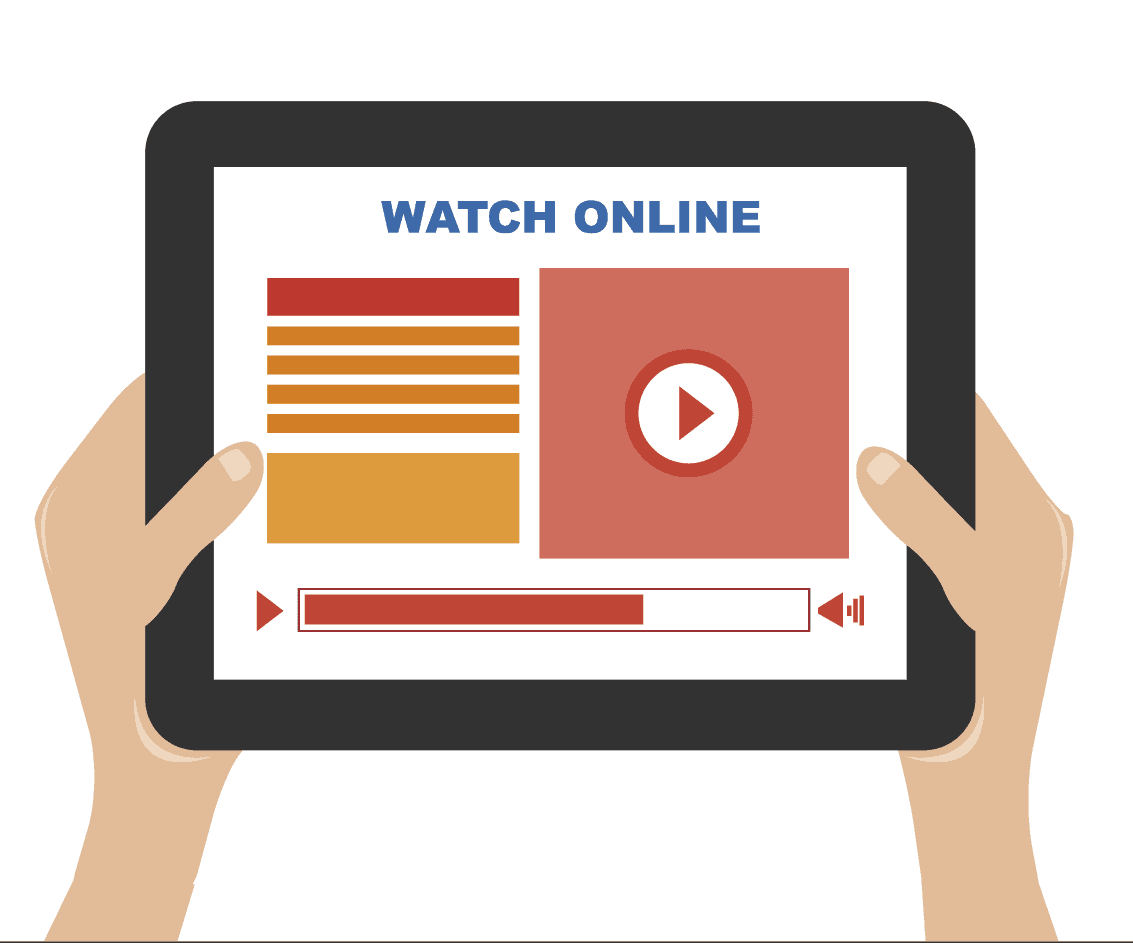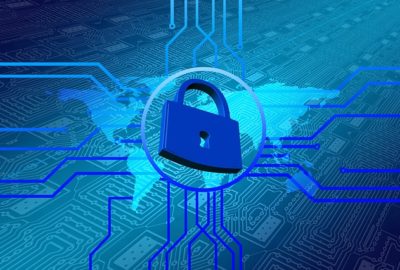Playing multimedia 16 years ago was totally different from the way we do it now. Do you remember how difficult it was?
In those years, we had to download large files that occupy precious disk space before doing anything with multimedia files… and we used to waste a lot of time in the process. Nowadays and thanks to Streaming, we don’t need to do this anymore.
But what is Streaming? According to the Oxford Living Dictionaries is “a method of transmitting or receiving data (especially video and audio material) over a computer network as a steady, continuous flow, allowing playback to proceed while subsequent data is being received.”
Streaming is the technology behind Youtube, Spotify, Netflix, Periscope, Skype and CNN (just to name a few). It revolutionized the way we process information, study, entertain, work and interact with the world: No more never-ending downloads to enjoy whatever we need to watch or hear.
Thanks to Streaming, we can check what’s going on in the world even before we turn on the TV to watch the morning news. Chat with friends, working online, broadcast live concerts? No problem, Streaming does it easily. But not everything is a bed of roses.
A research conducted by Palo Alto Networks revealed that bandwidth used for Streaming had tripled since December 2011, and companies spent a third of every dollar in it. This wouldn’t be a big problem… if Streaming wouldn’t represent a security challenge, an open door to cyber-security problems.
Let’s put things into context: Streaming itself does not directly threaten the security of our networks, but the need to open ports in our firewalls to allow data transmission.
Security breaches make networks vulnerable to malware, virus, worms, trojans and likejacking or clickjacking. And we all know how they work and how much harm they do.
In fact, these are the reasons why many enterprises around the world have blocked Streaming in their servers, and many governments follow this fashion. Copyright regulations, content control and even geographic limitations also count among the reasons to block Streaming.
Hence, if you are thinking about broadcast live events such as webinars, online support or providing continued education experiences, you have to think about pros and cons of Streaming, and carefully measure the security challenges you will face.
For this reason, we invite you to check out 5 new challenges related to Streaming and Network Security.
-
Challenge #1, Relevance
Is Streaming an important piece to achieve your enterprise’s goals?
If your answer is yes, then you need to make informed decisions about technical features (bandwidth and security resources) to ensure both, the appropriate broadcast of your contents, and the integrity of your networks.
Additionally, you have to create and apply restrictive policies to avoid the use of Streaming for entertainment, and blocking up social networks.
-
Challenge #2, Human Factor
Is your staff properly trained and informed about the best practices to meet security protocols?
If not, you need to take corrective measures to ensure they will in the short term, or evaluate whether you need to replace them. Also, your staff in charge of your Network Security must be vigilant about suspicious activities and warnings on insecure websites.
-
Challenge # 3, Safety Certificates
Make sure your servers only allow safe websites. It’s also a good practice to install anti-phishing, anti-malware, antivirus and anti-spyware. Regarding Network Security, all preventive measures are never too much.
-
Challenge #4, Check for Updates
It’s a good practice to check updates from time to time in the websites we usually visit. Like this, we ensure the integrity of our networks and give extra-protection to our assets.
-
Challenge #5, Lockups
Do you grant free access to every device in your networks?
If so, you must stop doing it right now. Every single device with access to your networks represent a strong possibility to be hacked.
For instance, you must control password authentication for restricted IP addresses. Similarly, you must grant limited access to your networks by using high security passwords and programmed closures for every session. Also, block up the capability to download/install applications from unknown sources in your devices.
Additionally, it’s highly recommended to keep apart your enterprise network from your operative network with intranets or local networks with limited access between them. Likewise, it’s a good practice to change passwords periodically. We recommend to use a core server to maintain accounts and user profiles, too.
Complicated or uphill? Actually, no.
Facing these 5 security challenges related to Streaming is actually quite easy, if you count with the right advice and assistance to install tools to give extra-protection to your networks. With this in mind, we invite you to check some of the best tools in the market to ensure the integrity of your networks:
These are the greatest options when speaking about entire platforms to grant network security.






